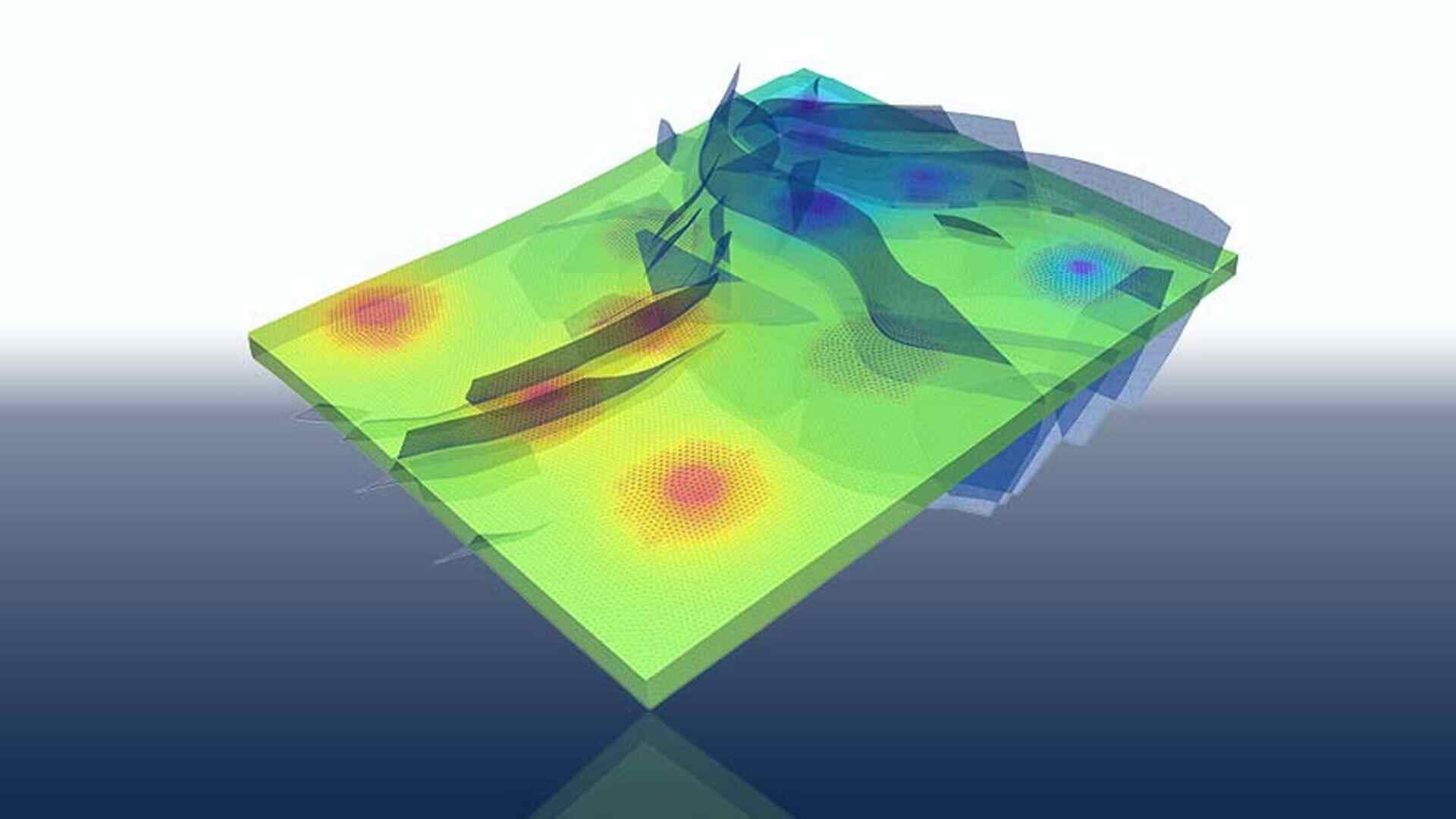THE LATEST
Simulator predicts the fate of CO2 underground

Advancing Green Technology for a Sustainable Future
Chemistry researchers at the Technical University of Denmark (DTU) have unveiled a groundbreaking development in the realm of carbon storage—the expansion of a sophisticated simulator capable of predicting the behavior of injected and stored CO2 underground. This innovative endeavor holds promise for enhancing our understanding of underground carbon storage, addressing vital considerations such as geochemical reactions, as well as the geological and chemical fate of CO2 over extended periods.
The crucial ability to make precise predictions regarding the geological conditions and the behavior of CO2 in subsurface environments is of paramount importance for the successful implementation of underground carbon storage. To meet this demand for refined analyses, the chemistry researchers at DTU have set out to augment the GEOS carbon storage simulator with expert knowledge on geochemical reactions, thereby enriching its predictive capabilities.
The GEOS carbon storage simulator, initially developed through collaborative efforts involving Lawrence Livermore National Laboratory, Stanford University, and TotalEnergies, is being enhanced with the addition of advanced algorithms that calculate the behavior of CO2 under diverse temperature and pressure conditions, as well as its interactions with other substances present in the subsurface.
Associate Professor Wei Yan, who leads DTU’s contribution to this pioneering project, underlined the significance of this expansion, stating, "In this project, we can contribute algorithms that calculate how CO2 will behave under different temperatures, pressures, and in the encounter with other substances in the subsurface, such as salty water, minerals, or hydrocarbons."
The development of these sophisticated simulations forms part of the extensive green partnership, INNO-CCUS, which is supported by the Innovation Fund Denmark. Through this collaboration, the research team aims to predict potential adverse chemical reactions that may arise during CO2 injection, offering the invaluable insight necessary to assess the viability and sustainability of proposed carbon storage sites.
The simulations also hold the potential to forecast the underground spread and stability of injected CO2 over an extended period—extending to a few hundred years—providing essential knowledge that can influence the long-term containment and effectiveness of carbon storage initiatives. This information is indispensable for ensuring the secure and enduring sequestration of CO2, aligning with the core objectives of carbon storage technologies.
The research team at DTU has set a vigorous timeline of up to 2027 for the development of the simulation program, which is anticipated to be released as an accessible and free tool for use by stakeholders seeking to make informed decisions regarding future carbon storage locations.
As the world continues to seek sustainable and innovative solutions to mitigate the impact of greenhouse gas emissions, the advancement of supercomputing simulations and predictive tools for underground carbon storage signifies a significant leap forward in our collective efforts towards a greener and more sustainable future.
